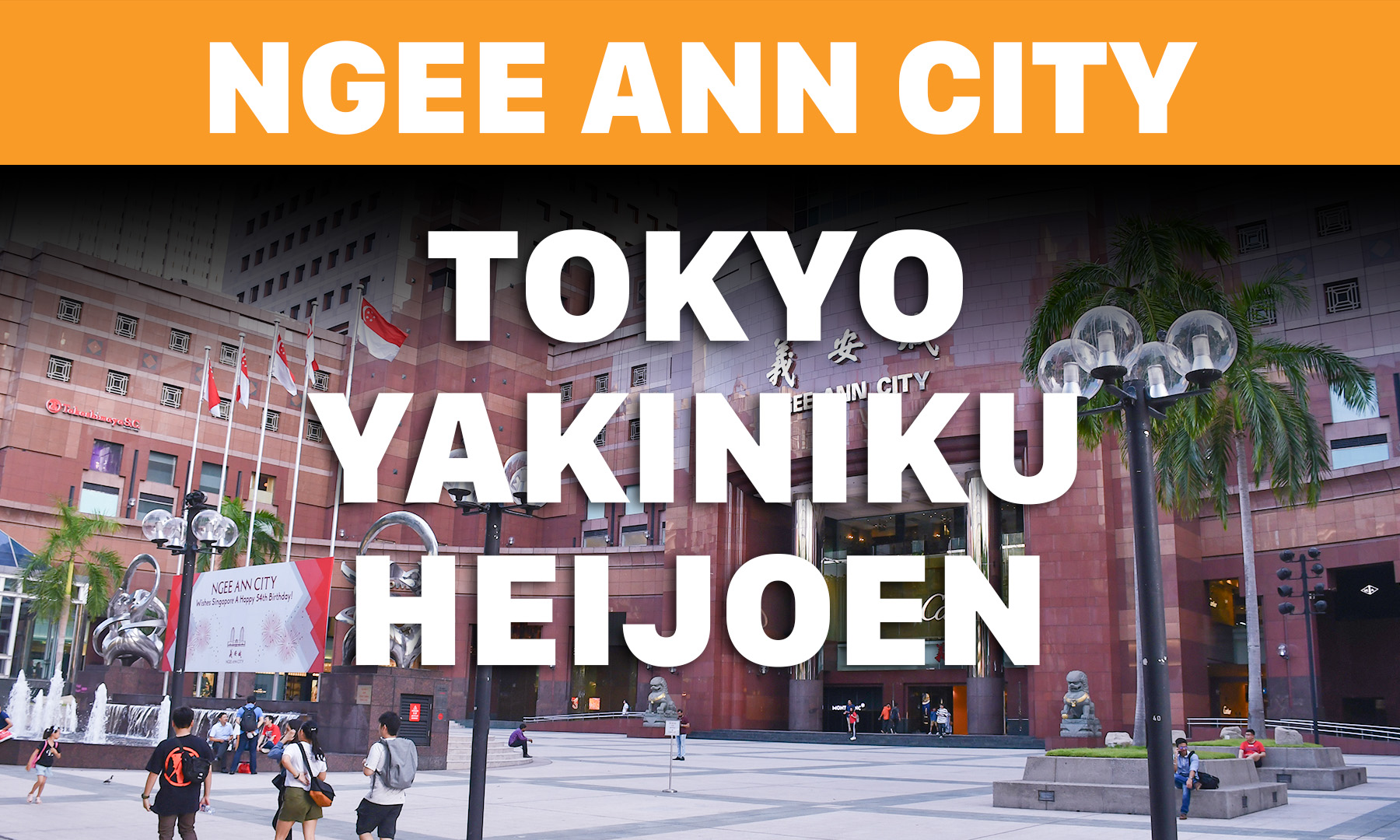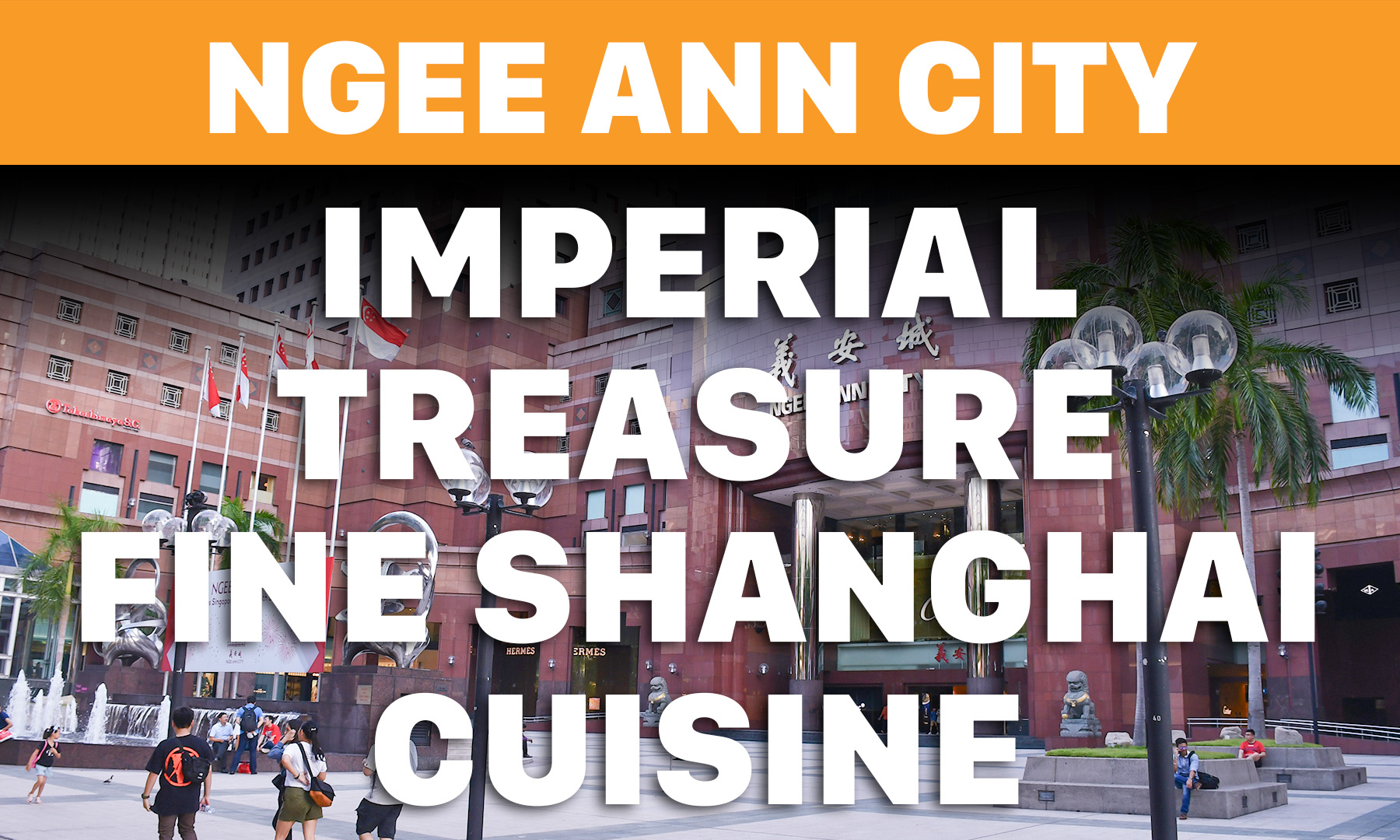Japan the pre historic land name The Pan


The name Japan often evokes images of a modern, technologically advanced nation with rich cultural traditions. However, the archipelago has a long and complex history dating back thousands of years. There is a fascinating prehistoric aspect that often gets overlooked, a time when it was known by a different name – The Pan. The prehistoric period of Japan, traditionally referred to as the Jōmon period, reveals a vibrant, pre-agricultural society with a unique culture.
The term "Jōmon" translates to "cord-marked," referencing the distinctive pottery produced during this time, decorated using tools that left impressions resembling cords. The Jōmon period spanned from around 14,000 B.C. to 300 B.C., making it one of the oldest known sedentary cultures in the world. It was during this period that the prehistoric land of Japan, or The Pan, began its fascinating journey towards becoming the Japan we know today.
The Pan was inhabited by the Jōmon people, who were predominantly hunter-gatherers. They lived in small, semi-sedentary communities, surviving through a combination of hunting, fishing, and foraging. Contrary to the popular perception of hunter-gatherers, the Jōmon people weren't nomadic but lived in established settlements. Some of these settlements even exhibited signs of early urban planning with houses, storage facilities, and trash disposal areas.
The Jōmon people demonstrated an exceptional level of craftsmanship, particularly in ceramics. Jōmon pottery is some of the oldest in the world, with a sophistication that belies the supposedly primitive nature of their society. They crafted a variety of ceramic vessels, ranging from simplistic containers to intricately decorated pieces. This pottery wasn't merely functional but served as a canvas for artistic expression, capturing the Jōmon people's relationship with the natural world.
The Jōmon people's spiritual beliefs were rooted in animism, viewing both living and inanimate things as imbued with a spirit. They held rituals and festivals to appease these spirits, particularly those related to their survival, such as animals, plants, and natural phenomena. Evidence of their spiritual practices is seen in the dogū, clay figurines found throughout Jōmon sites. These figures, often female, are believed to have been used in rituals for fertility, healing, or protection.
Although the Jōmon period was marked by stability and relative peace, it wasn't without its challenges. The population fluctuated in response to climatic changes, and there were periods of apparent scarcity. However, these adversities didn't result in a culture of conflict. Instead, the Jōmon people appeared to have lived in relative harmony with each other and their environment.
The end of the Jōmon period and the transition to the Yayoi period, characterized by the introduction of rice cultivation, marked significant changes for The Pan. The adoption of agriculture brought about a shift in social organization and the development of increasingly complex societies. This transition represented a key step towards the formation of the Japanese state.
The journey from The Pan to Japan encapsulates the evolution of a unique prehistoric culture that laid the foundation for the sophisticated civilization that would later emerge. The Jōmon period was a time of remarkable cultural development, in which the people developed a deep relationship with nature, created unique artistic expressions, and cultivated social structures that would continue to influence Japanese culture for millennia.
The study of The Pan, or prehistoric Japan, provides an important understanding of humanity's universal experiences: survival, adaptation, and cultural evolution. The Jōmon period is a testament to the resilience and creativity of the human spirit in the face of environmental challenges. It serves as a reminder of our collective journey and the many paths societies can take towards complex civilization.
In conclusion, the prehistoric period of The Pan, or Japan, is an essential chapter in the narrative of human history. Its distinctive culture, the relationship with the environment, and the transition towards agriculture all contribute to our understanding of societal development. As we look to the future, the lessons from the past continue to offer valuable insights into our capacity for innovation, resilience, and cultural expression.



































































































